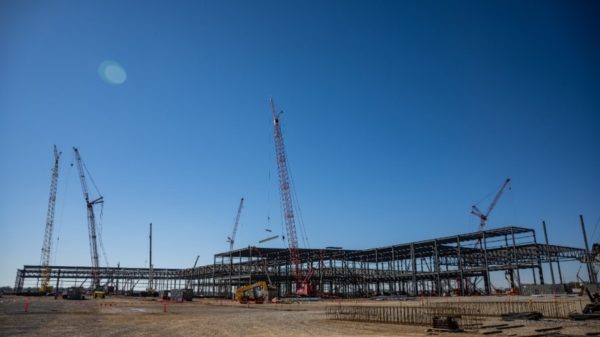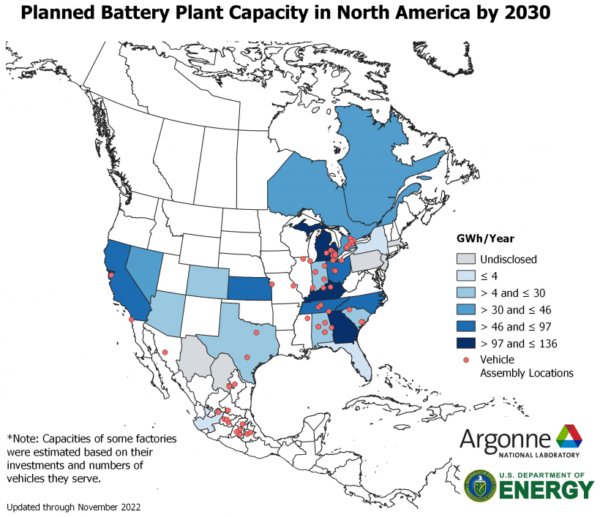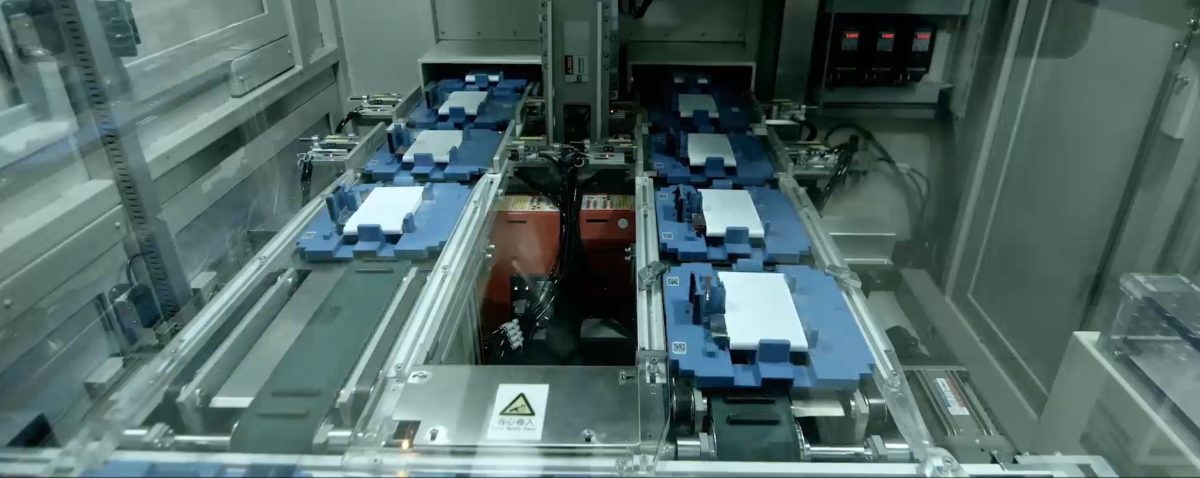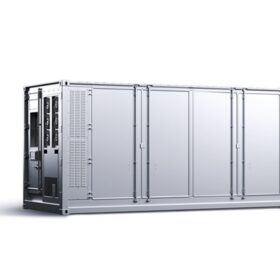Near the end of 2022, Virginia Governor Glenn Youngkin told the Virginia Economic Development Partnership group to remove the state from the running to host a $3.5 billion battery factory that Ford Motor was considering in partnership with China’s Contemporary Amperex Technology (CATL), the world’s largest lithium-ion battery manufacturer.
The Republican governor first publicly commented on the decision during his State of the Commonwealth annual address on January 11th. Local reporting from the Richmond Times-Dispatch suggested the governor made the decision even after being told the two companies had decided on the Virginia site.
During the speech, he called on Virginia’s General Assembly to send him a bill that would “prohibit dangerous foreign entities tied to the Chinese Communist Party from purchasing Virginia’s farmland.” In the Washington Post, Youngkin’s chief legal counsel Richard Cullen was quoted saying, “They (CATL) were looking for land and incentives to build something and I think that was the nucleus of the evolving concern about farmland.”

Florida’s Republican Governor Ron DeSantis recently made statements that China was attempting to purchase land in his own state, and that they should be wary of those actions.
After the speech, many news sources reported that the Virginia governor said, “We felt that the right thing to do was to not recruit Ford as a front for China to America.”
A spokesperson for the Governor told the Detroit News, “While Ford is an iconic American company, it became clear that this proposal would serve as a front for the Chinese Communist Party, which could compromise our economic security and Virginians’ personal privacy.”
Ford was also considering building the facility in Michigan.

A U.S. Department of Energy map from November 2022 highlights 55 individual battery factory announcements in the United States. The capacity will take the nation from 55 GWh of manufacturing space in 2021 to more than 1,000 GWh by 2030. The estimated capacity will be able to support the manufacturing of 10 to 13 million vehicles per year.
Michigan is one of the states leading these battery manufacturing announcements. Of the 55 projects noted by the Department of Energy, 11 of the facilities were from Michigan. Facilities n Georgia and Kentucky also top the list of planned manufacturing volumes. All three of the states have already announced between 97 and 136 GWh of manufacturing capacity.
In December, Bloomberg reported on the facility and suggested that CATL may be uncertain about moving to the U.S. due to the political complexities of the relationship between the two countries, specifically considering Taiwan.
This content is protected by copyright and may not be reused. If you want to cooperate with us and would like to reuse some of our content, please contact: editors@pv-magazine.com.








The obvious answer ( to me anyway) is to mandate only the LEASING of land to foreign corporate entities. The land reverts to the state at the end of the lease and the foreign entity has a guarantee on ROI that satisfies most business plans. Xenophpbia seems to be a “trump” card in American politics these days.